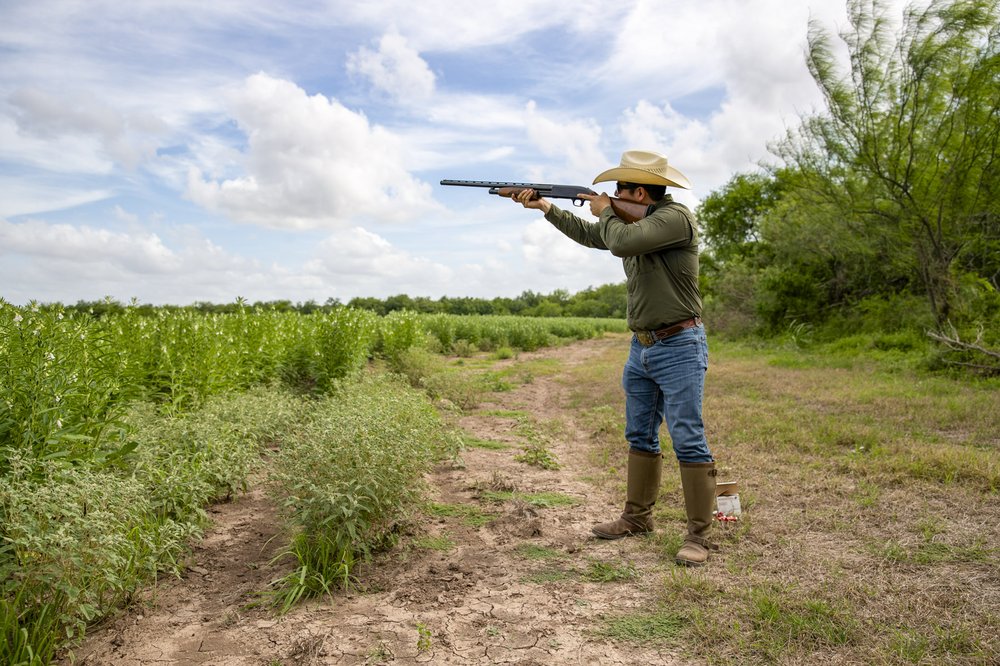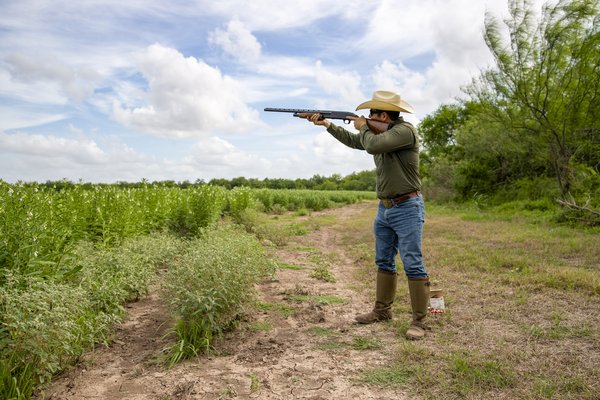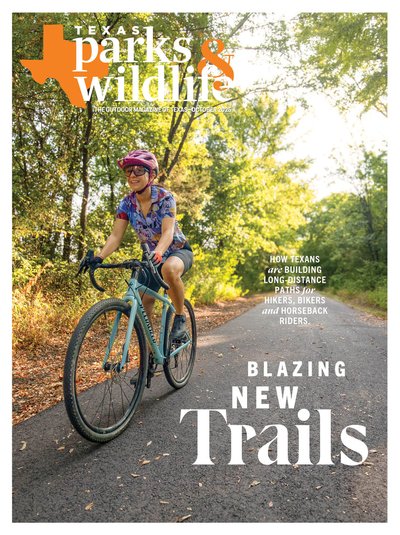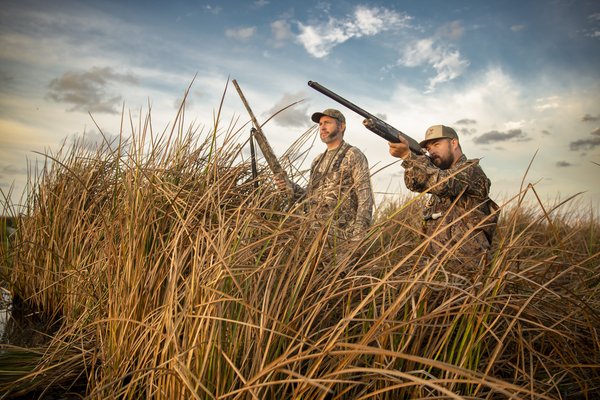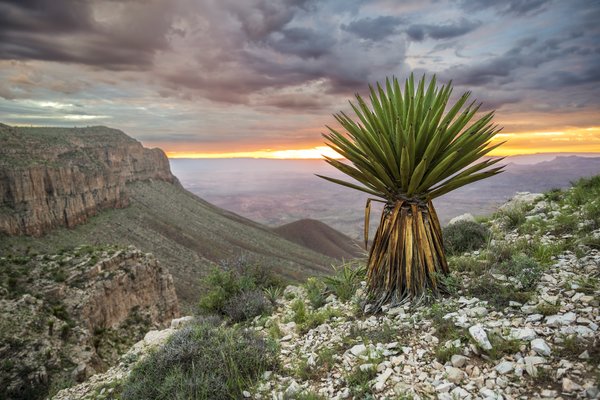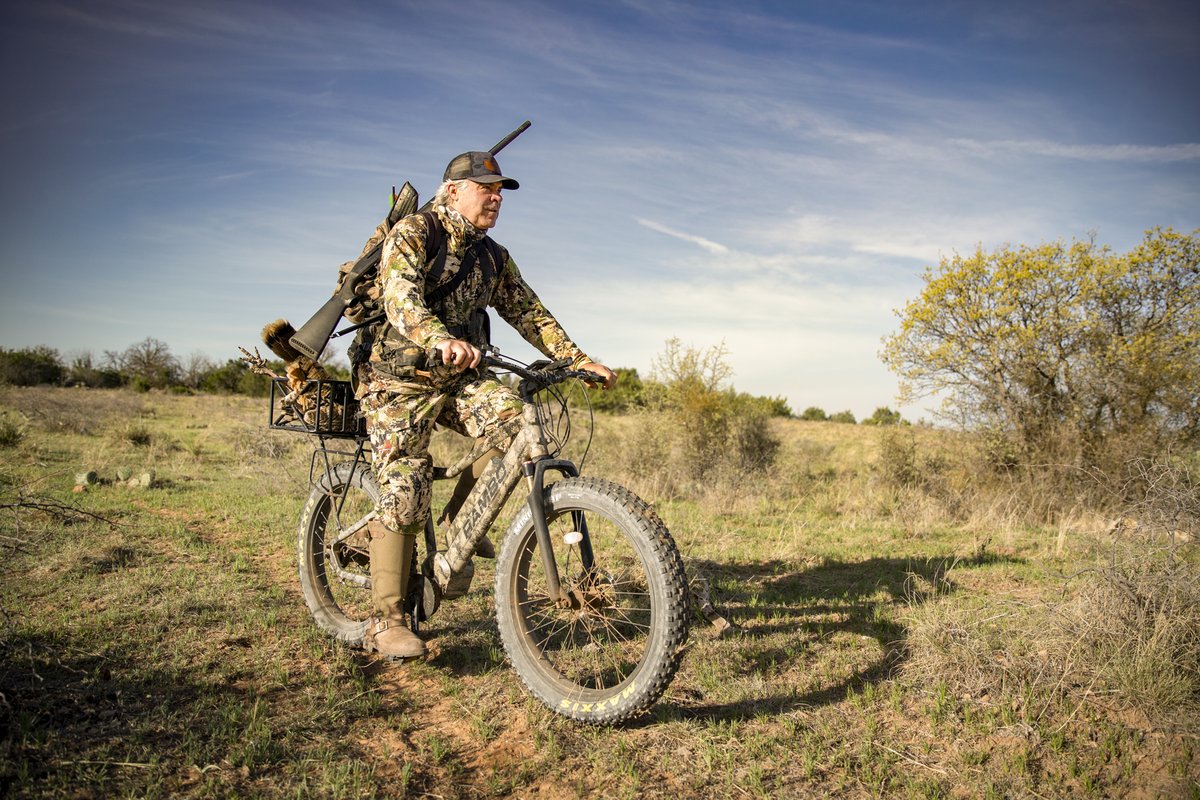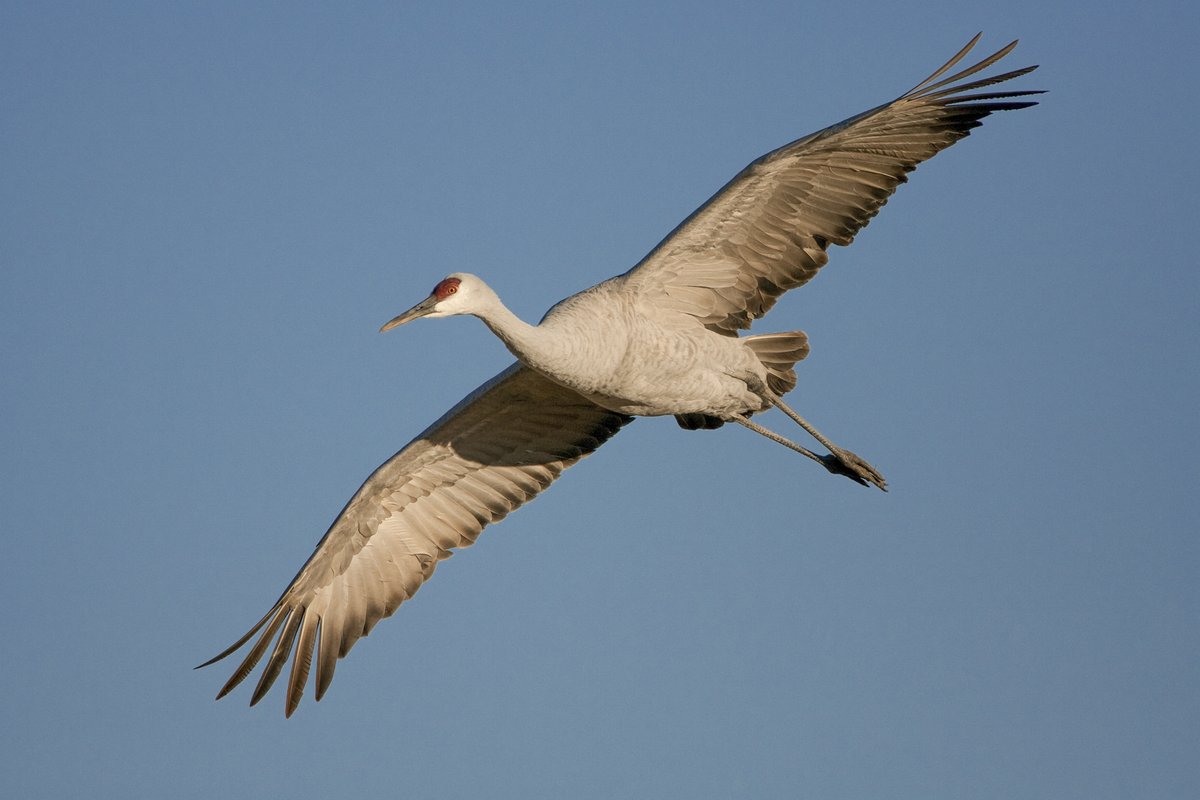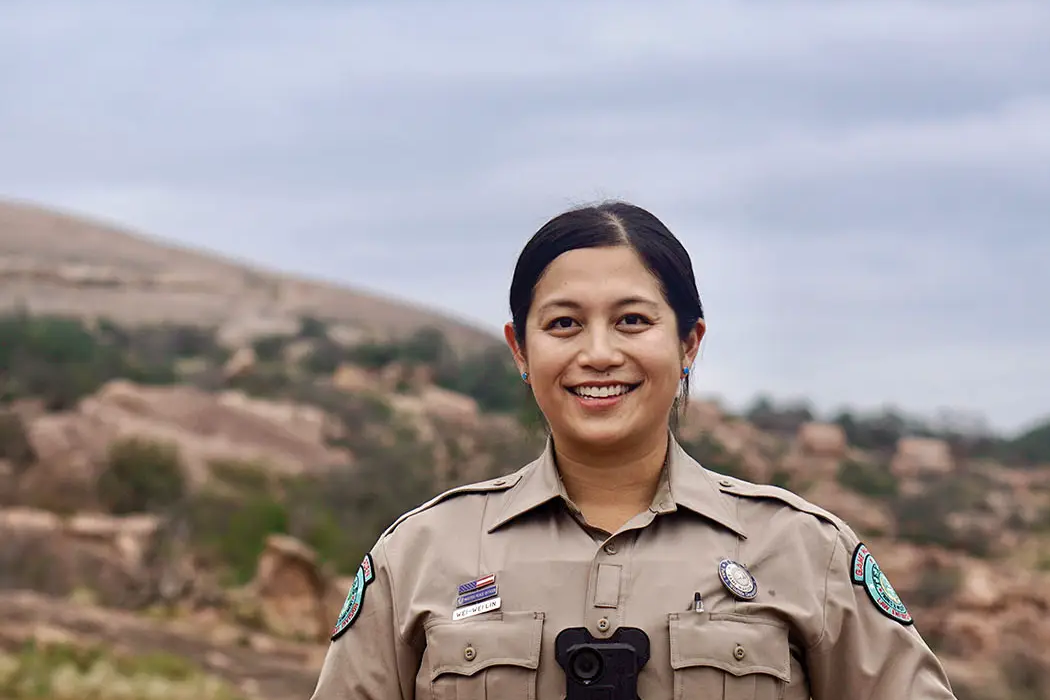The morning sun breaks across the mesquite-dotted landscape of South Texas as hunters take their positions along fence lines and sunflower fields at Las Palomas Wildlife Management Area.
Scattered across 18 units (nine open to the public) in the Rio Grande Valley, the WMA represents some of the finest dove hunting in the Lone Star State. In late summer and fall, as mourning doves and white-winged doves begin their seasonal movements, Las Palomas transforms into a premier destination for wing-shooters seeking quality hunting in authentic South Texas habitat.
Las Palomas, which translates to “the Doves” in Spanish, lives up to its name during the early fall hunting season. The area’s strategic location along major flyways, combined with abundant food sources and water features, creates ideal conditions for both resident and migrating dove populations. Hunters can expect to encounter healthy numbers of mourning doves, with the added excitement of white-winged doves that frequent the region’s mesquite groves and prickly pear cactus flats.
“You come out early morning, the sun’s coming up, the dew’s on the grass, loading up your gun and getting ready for the day’s hunt,” says hunter Eric Walker, who came in from the Houston area. “It’s a little piece of heaven. I wouldn’t give it up for anything.”
Purchase of the Las Palomas units started in 1958 and continues today. The WMA added acreage as recently as last year. The purchase of these units was primarily funded by hunters through the sale of white-winged dove stamps, now known as migratory game bird endorsements.
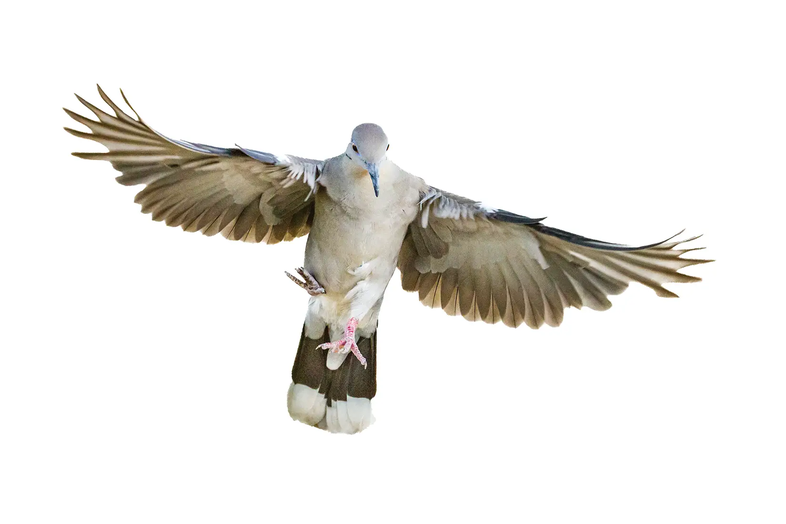
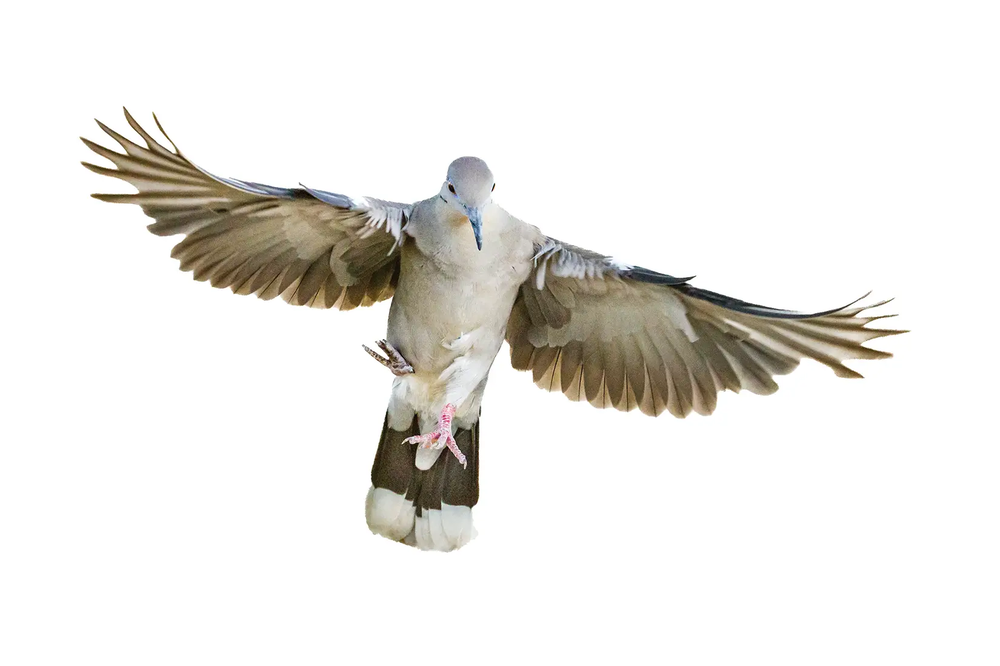
Melody Lytle
Melody Lytle
Although mourning doves make up the bulk of the region’s annual harvest, South Texas may be best known for its white-winged dove hunting. Historically, white-winged doves were confined to far southern Texas. But during the past few decades, white-winged doves have spread northward. In the newly populated parts of the state, they have primarily become urban birds. Nevertheless, white-winged dove hunting in the Valley remains top-notch because of habitat conservation and restoration.
South Texas has a special white-winged dove season that occurs in early September before the opening of the general dove season. “People come down from all over the state to hunt white-wing down here. That’s our busiest time,” says Las Palomas manager Jimmy Stout. “And then the first couple weeks of general season, we’re still pretty busy with people being out here hunting.”
Compared with deer hunters crouching silently in a blind, dove hunters can be practically gregarious.
“Dove hunting is a great intro to hunting,” Stout says. “For one, it’s a very social event. Typically you go out with your buddies, your family, what have you.
For my kid, an 8-year-old, he loves to dove hunt. My wife, my kid and I will go out there. We set up our chairs close to each other, we talk, we have an ice chest, the truck’s not far. You don’t have to be quiet. You can have a conversation. And so it’s a very fun family outdoor event for hunting purposes.”
At Las Palomas, some families have been doing it for generations.
“We’ve gotten to know many hunters personally over the years because they’re here every year,” Stout says. “We know them by name. They know us by name. We’ve watched their kids grow up, and in some cases those kids are bringing their kids to hunt with us. It’s a big family event.”
What to Do
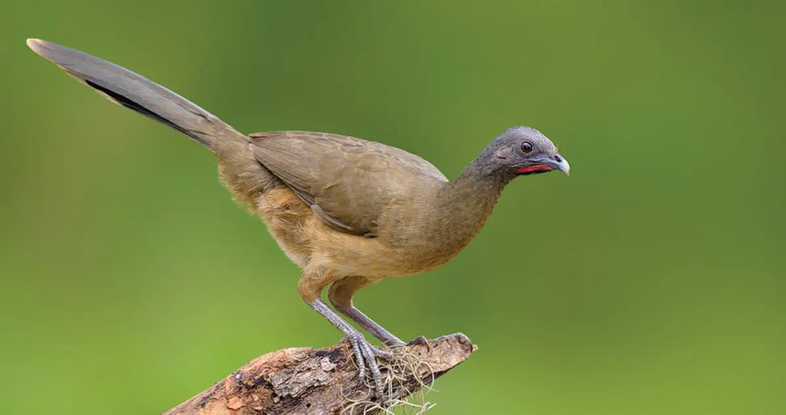
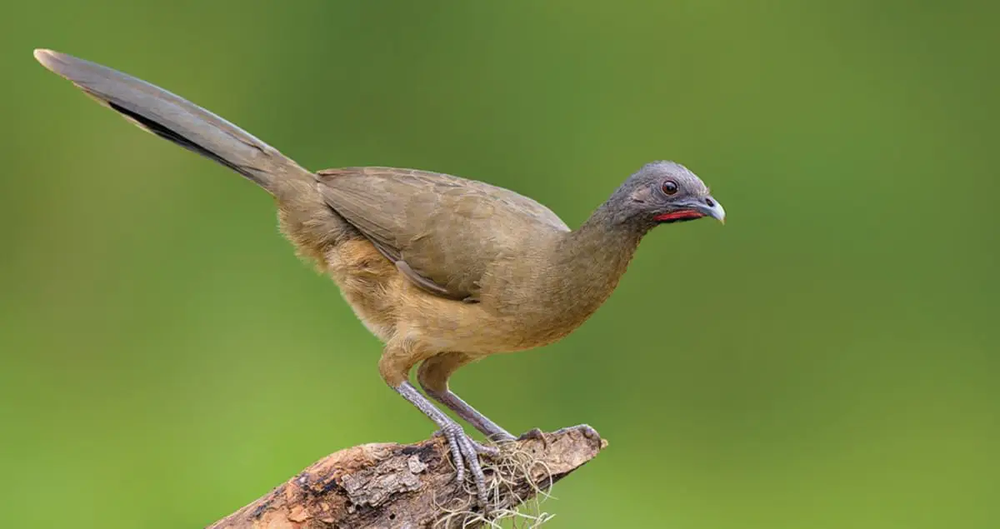
Cornell Lab of Ornithology
Cornell Lab of Ornithology
Hunt Something Besides Dove
Las Palomas WMA is the only WMA that allows hunting for chachalaca, a pheasant-sized bird named for the raucous, ear-splitting chorus a flock makes. “Chachalaca is unique,” Stout says. “It’s not real common. A lot of people don’t know that bird exists. But I will get a handful of phone calls each year of people trying to come and hunt them because it’s a bucket list item.”
Go Bird-Watching
The Rio Grande Valley is a big birding destination. At the Ebony Unit, a stop on the Great Texas Coastal Birding Trail, look for least grebes, great kiskadees, Couch’s and tropical kingbirds and several species of ducks, including resident ruddy ducks and black-bellied whistling-ducks.
How to Visit
Las Palomas WMA is open year-round, except when closed for special permit hunts. There are two methods for public hunting at Las Palomas. Annual Public Hunting Permit holders can access nine units from September through February allowing them to hunt chachalaca, quail, rabbit, white-winged dove, mourning dove and white-tipped dove. Las Palomas also offers drawn hunts, including seven white-tailed deer hunts and two javelina hunts.
To visit any WMA, you need either an Annual Public Hunting Permit ($48) or a Limited Public Use Permit ($12). You can purchase either online on the TPWD website, in person at TPWD offices and retail hunting and fishing license dealers, or by phone at 800-TX-LIC-4U. Unlike state park campsites, which must be booked online, WMAs do not require advance reservations.
